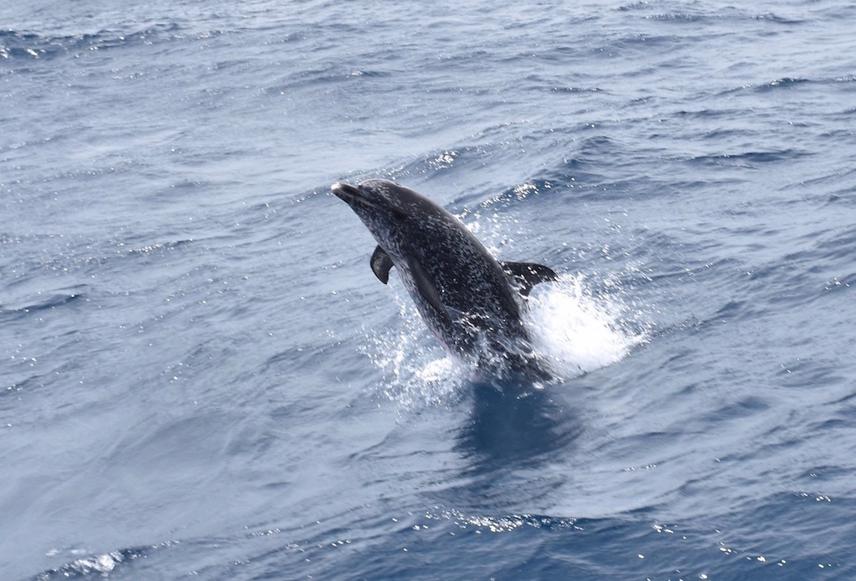Nohelia Esperanza Farías Curtidor
Other projects
25 Jan 2016
Studying Occurrence, Distribution, Mercury Concentrations, and Genetic Status of Cetaceans in the Guajira (Colombia) as Indicators of Health Ecosystems
Our main goal is collect biological and eco-toxicological information about dolphin’s populations in the Guajira region. Occurrence data of dolphins is the key to determine potential distributions areas in this region. Taking photographs from individuals is possible to determine a preliminary abundance status and start with demographic studies of dolphin’s populations in La Guajira. With this kind of information, it is possible to focus long-term studies and to prioritize management plans for conservation. In addition, ecotoxicological data of dolphins and their potential preys (fish) are needed to determine the impact of anthropogenic activities in ecosystems health. Fish are the main food resource for local people, and because there is preliminary evidence of mercury bioaccumulation in skin of dolphins in La Guajira, it is very important to determine the ecotoxicological status in fish as well. In brief, with this project, we would increase of knowledge of cetaceans in Colombia.

Adult of spotted Atlantic dolphins jumping out of the water.
Although the Guajira region in Colombia Caribbean holds a high biodiversity and stables marine ecosystems, there are serious information gaps about marine mammals’ basic biology, conservation status, ecology, life histories, and population. Presence of small cetaceans in La Guajira as a good indicator of health of ecosystems. However, long-term monitoring is necessary to determine populations’ abundance and the real conservation status of dolphin populations in the Colombian Caribbean. Studies about conservation status of cetaceans in the area are scarce, and there’s not any study that determine potential distribution habitats of dolphins in the area. Due to these gaps of information, local government has provided licenses to different operators to build coal ports. Consequently, there is not enough data about the impact of these ports in local biodiversity. Recent genetic and distribution data suggest that La Guajira is an important transit area. Additionally, recent ecotoxicological results showed moderate levels of bioaccumulation in dolphins. This situation concerns about toxicological status of fish and the health of local communities who consume them. Therefore, studies about potential distribution of small cetaceans, and about mercury concentrations from wild dolphins, could provide insights about health status of marine ecosystems in La Guajira, and in the Caribbean.
We will carry out environmental education with local community. We will collect muscle samples from fish in different locations in La Guajira in collaboration with local fishermen. To collect data on cetaceans, we will conduct fieldtrips on board a fishermen boat, following approximately 30 transects in zigzag and parallel to coastline; each transect will be of 14-30 nautical miles. We will take biological data of odontocetes, and environmental data. We will take photos to identify individuals, and we will take skin samples from dolphins using PAXARMS system to conduct ecotoxicology studies.